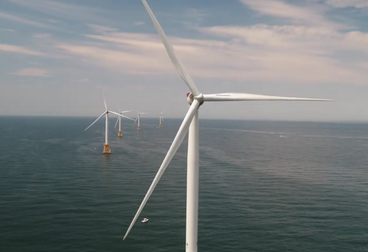The demand for electricians is outpacing just about any other profession in the U.S. economy, according to data released by the Bureau of Labor Statistics (BLS), the National Electrical Contractors Association (NECA), and the International Brotherhood of Electrical Workers (IBEW). This trend is expected to continue over the next ten years, which is already being called “the Infrastructure Decade.”
CNBC recently reported that the BLS expects the employment of electricians to grow 6% annually, which translates into 73,500 job openings per year. At the same time, about 10,000 electricians retire or change careers each year while only 7,000 new electricians enter the industry.
Between upgrades to the electrical grid, construction of data centers and battery manufacturing plants, and the expansion of the electric vehicle (EV) charging network and internet broadband service, “The electrification of America is presenting a generational career opportunity,” NECA CEO David Long told CNBC.
As detailed in the cover story of the August 2024 issue of the IBEW’s Electrical Worker Online, the current boom in electrification and manufacturing have been made possible by four landmark laws passed by the Biden-Harris administration: the American Rescue Plan, the Bipartisan Infrastructure Law (Infrastructure Investment and Jobs Act), the Inflation Reduction Act, and the CHIPS and Science Act. Over 11,000 IBEW members are already employed on projects funded by these federal laws, and tens of thousands of IBEW jobs will be added in the next 18 months. One shining example is in upstate New York, where Micron Technology will build four semiconductor factories, which will require 2,500 electricians through this decade.
IBEW Government Affairs International Representative John Zapfel said, “We are currently tracking 523 new clean energy projects that are already announced or underway, totaling 271,713 new jobs in 47 states and Puerto Rico.”


